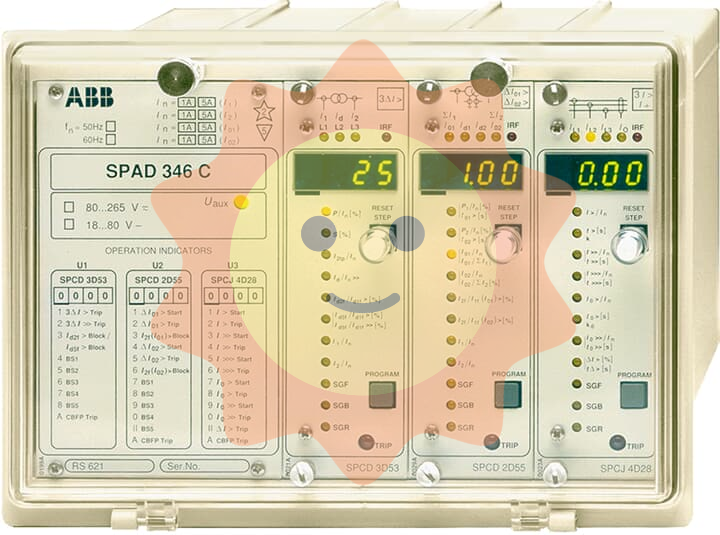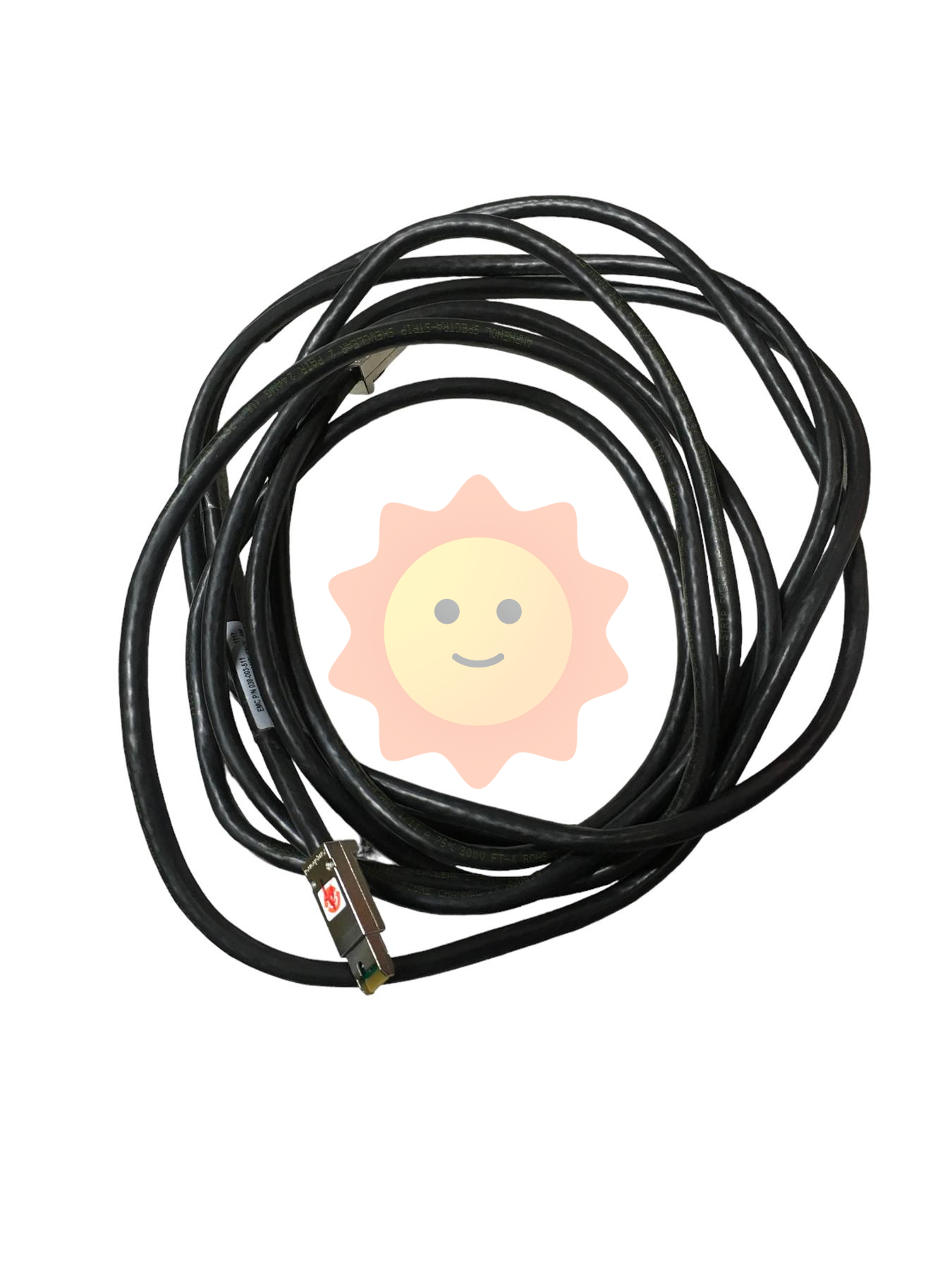2023 China chemical fiber industry in-depth research report
Chemical fiber refers to the natural polymer compound or synthetic polymer compound as the raw material, through the preparation of spinning stock, spinning and post-treatment and other processes to produce textile fiber. According to different raw material sources, chemical fibers can be divided into two categories: artificial fibers and synthetic fibers.
From the perspective of the industrial chain of the chemical fiber industry, the upstream is mainly related to basic energy such as crude oil, natural gas and coal, and undertakes intermediate products of the petrochemical industry and coal chemical industry; With the improvement of the chemical fiber process, the downstream application field is more extensive and constantly expanding, including but not limited to the textile industry, the pharmaceutical industry, the construction industry, the military and so on. Crude oil, natural gas and coal are the three main raw materials of chemical fiber. Due to the influence of the rapid development of downstream organic chemical industry, automobile industry and other factors, crude oil production shows a relatively stable and slow rising trend. In 2022, China's crude oil production was 205 million tons, up 2.9% year on year.

From the overall output, the output of China's chemical fiber industry has increased year by year, and the fluctuation cycle of upstream raw material prices and downstream textile and clothing demand does not change the stable growth trend of the industry. In 2022, the overall load of the chemical fiber industry was lower than the same period last year, and the total annual output was 66.9784 million tons, down 0.96% year-on-year. In terms of structure, the proportion of synthetic fibers is larger, and it is the most important chemical fiber products. In 2022, the total output of artificial fibers was 4.235 million tons, down 3.7% from the end of the previous year, and the proportion of total chemical fibers was 6.5%. The production of synthetic fibers was 60.648 million tons, down 0.3% year-on-year, accounting for 93.5%. The chemical fiber itself is rich in types and diverse in performance, so it is widely used and the demand is in a state of slow rise. In 2022, China's chemical fiber demand was 59.841 million tons, with a year-on-year growth rate of -1.7%, mainly because of the downstream market contraction, which led to a slight decline in terminal demand.
The research team of Huajing Industrial Research Institute uses a combination of desktop research, quantitative investigation and qualitative analysis to comprehensively and objectively analyze the overall market capacity, industrial chain, competitive pattern, operating characteristics, profitability and business model of the development of chemical fiber industry. Scientific use of SCP model, SWOT, PEST, regression analysis, SPACE matrix and other research models and methods to comprehensively analyze the chemical fiber industry market environment, industrial policy, competition pattern, technological innovation, market risk, industry barriers, opportunities and challenges and other related factors.
- EMERSON
- Honeywell
- CTI
- Rolls-Royce
- General Electric
- Woodward
- Yaskawa
- xYCOM
- Motorola
- Siemens
- Rockwell
- ABB
- B&R
- HIMA
- Construction site
- electricity
- Automobile market
- PLC
- DCS
- Motor drivers
- VSD
- Implications
- cement
- CO2
- CEM
- methane
- Artificial intelligence
- Titanic
- Solar energy
- Hydrogen fuel cell
- Hydrogen and fuel cells
- Hydrogen and oxygen fuel cells
- tyre
- Chemical fiber
- dynamo
- corpuscle
- Pulp and paper
- printing
- fossil
- FANUC
- Food and beverage
- Life science
- Sewage treatment
- Personal care
- electricity
- boats
- infrastructure
- Automobile industry
- metallurgy
- Nuclear power generation
- Geothermal power generation
- Water and wastewater
- Infrastructure construction
- Mine hazard
- steel
- papermaking
- Natural gas industry
- Infrastructure construction
- Power and energy
- Rubber and plastic
- Renewable energy
- pharmacy
- mining
- Plastic industry
- Schneider
- Kongsberg
- NI
- Wind energy
- International petroleum
- International new energy network
- gas
- WATLOW
- ProSoft
- SEW
- wind
- ADVANCED
- Reliance
- YOKOGAWA
- TRICONEX
- FOXBORO
- METSO
- MAN
- Advantest
- ADVANCED
- ALSTOM
- Control Wave
- AB
- AMAT
- STUDER
- KONGSBERG
- MOTOROLA
- DANAHER MOTION
- Bently
- Galil
- EATON
- MOLEX
- Triconex
- DEIF
- B&W
- ZYGO
- Aerotech
- DANFOSS
- KOLLMORGEN
- Beijer
- Endress+Hauser
- MOOG
- KB
- Moxa
- Rexroth


Email:wang@kongjiangauto.com






































































































